Hmm.
It’s not something that happens often, but I suspect there’s a very definite risk in creating a major free-to-play entry in an established series. On the plus side, you’ve got instant brand recognition, and it’s a good way of getting people to try out your franchise for free. On the downside, you’ve got the vaguely-defined stigma of being a free-to-play game as well as the risk that, depending on the free-to-play game’s quality and how close it hews to the rest of the franchise, it may be pointless for people to buy further series entries.
So Ghost Recon Online – which is hitting open beta now, a scant few months after the launch of Ghost Recon: Future Soldier – could be a bit of a risk. One hell of an interesting risk, though.
As you have probably surmised from screenshots, bits of news, and simple deduction, Ghost Recon Online is a multiplayer only, third-person cover shooter. Two teams of eight shoot it out across a variety of maps, usually attempting to capture or defend particular points on said maps, and because it’s an online shooter there is of course a levelling element. Death comes extraordinarily quickly, and unless you’re in cover or lying prone, you’re probably going to be firing wildly past your target. As such: sitting in cover and defending tends to be a lot easier than the alternative.
It’s worth noting early on that this is a very slow-paced shooter, punctuated by the occasional manic burst of sprinting and gunfire; most of your time will be spent either sprinting from cover to cover, or cowering behind something that will hopefully keep you safe. You’ll poke your head out occasionally to shoot at the six exposed pixels of an opponent, and you may well be instantly shot dead, at which point you’ll likely have to wait ten seconds to respawn. Battle progression tends to be slow and steady, and each match may well last for over half an hour – although with that sort of time investment, a frantic, last-ditch effort as the clock ticks down can be rather exciting.
As you’ve also probably guessed, the weapons and abilities are split across three classes – Assault, Specialist, and Recon – all of whom level up separately. The Assault’s your up-close man with shotguns and (surprise) assault rifles, the Specialist can help out with shotguns of their own or lay down covering fire with a surprisingly accurate LMG, and the Recon can either sit at range with a sniper rifle or get down and dirty with a submachine gun.
This is all well and good, but honestly, it’s the slow-charging abilities that really change the course of battle.
At level 2, each of the classes gets access to a pair of gadgets, only one of which can be equipped at a time. In an interesting twist, one of these two powers is usually a direct counter to the other. Let’s compare and contrast.
Our beefy close-quarters specialist, the Assault, can choose to strap a Blitz riot shield to his back. Most of the time this means he’s safer from fire coming from behind him, but once a little bar has charged up he can elect to pull it in front of him and charge at full pelt into enemy territory, knocking over anyone he bumps into. He’s temporarily unarmed when doing this so some support to finish off downed enemies is rather essential, but it’s a pretty good way of breaking through a heavily defended front. If he’s trying to defend instead, then he’ll want to bring the HEAT – a hilarious microwave gun that extends on a little robot arm so that he can stay completely hidden for the duration – which inflicts steady damage and messes up the vision of anyone caught in it.
The Specialist, meanwhile, gets an AEGIS shield that redirects bullets in a radius of about seven feet around him. Again, this is excellent for advancing on enemy positions, and with a bit of coordination you can use it to protect a few teammates at the same time. Just be careful not to let enemies get within its radius or drop a grenade at your feet, and hope that an opposing Specialist doesn’t use the Blackout ability to fire off a huge EMP pulse that will both disable your shield and stun you briefly.
Then there’s the Recon, who can (somewhat inevitably) cloak, which is perfect either for flanking an enemy position with an SMG or sneaking, unseen, into the perfect sniping spot. Unless there’s another Recon on the enemy team with Oracle, anyway, which shows up all nearby enemies with a big red outline, including those behind cover or those who’re temporarily invisible thanks to cloaking.
In addition to all of this, each class gets another passive squad-support power at higher levels. Assaults can give extra armour or some faster health regeneration to nearby teammates (which is always handy, as by default, health regenerates at the agonising rate of one per second); Specialists can reduce the cooldown of friendly special abilities or provide ammo regeneration; Recons can detect either sprinting or shooting enemies within a certain radius. In short, it’s all about teamplay.
If you like your shooters a bit tactical, then you’re probably already excited by the possibilities. Have an Assault use a HEAT to pin down the enemies behind cover, then advance under an AEGIS and have another Assault charge with Blitz to knock them down, while a cloaked Recon sidles around the side! And another Recon can cover you with a sniper rifle and use Oracle to make sure you know where everyone is! Yes, these things are possible, and yes, they feel fantastic when you pull them off. The very nature of the game means that stalemates, with two teams hunkered down behind cover taking potshots at each other, are common – but breaking them with clever use of powers is equally common.
But actually pulling this sort of thing off is a lot harder than it sounds, for four reasons. First, most games you play will be with random players, and talking random players into a cunning plan is slightly trickier than herding cats in a fish farm. Second, if you thought that because this is free-to-play you can just drag some pals in to help you out, you may be dismayed to learn that I haven’t actually managed to get the Friends system working properly. Third, 90% of players seem to gravitate towards the Recon class, so do not be surprised when you’re the only non-Recon player on your entire team. And no, you can’t change class once the game is up and running – just your equipment.
From what I can gather the game hasn’t yet undergone proper optimisation, so framerate and lag are all over the place (on my admittedly underpowered machine, at least). That aside, a fair bit still feels a little clunky. Cover, for instance, is rather tricky to get into when approaching from the side, and even once you’ve snapped into it you have to actually aim out of it before your soldier makes sure he isn’t exposing any vital parts of his anatomy. Still: this sort of thing should be fixed in the coming months.
At present there are two gametypes, each of which has two associated maps that differ enough to offer a reasonable variety of tactical avenues. Conquest splits the teams into attackers and defenders, with the attackers trying to wrest control of three points, the third of which only unlocks when they other two are captured; after the attackers succeed or time expires, the teams sportingly swap roles. Onslaught offers a more traditional tug-of-war system in which five points are fought over in a linear fashion, in that if you have A and B then C is your next target.
There’s no way to choose what map or gametype you’re going to play, and while the maps aren’t bad they’re generally small and linear, with only a few routes into any given area. Personally, I’d have preferred wider, more open maps, but that’s entirely down to my tastes. There are a number of design choices that strike me as a little unusual, though, and I’m pretty sure that’s not down to taste.
The first bizarre design decision is that, rather than matches being decided on a best-of-three system, they seem to operate on a two-round setup – meaning that if you win the first round, then the best your opponents can hope for is a draw. Considering the aforementioned slow pace of most matches it’s probably for the best that they don’t go on even longer, but it’s still somewhat disheartening to lose the first round.
The second bizarre design decision is pretty much just the inclusion of Onslaught. It’s a fair game type, but most matches I’ve played end with one team taking one extra point and then either defending, or just lightly pushing to keep the opponents pinned down. As capturing points extends the round timer, it can be hard to convince your team to risk an all-out attack instead of just running down the clock. As with so much else, though, this is something that would likely be improved by playing with a close-knit team.
But the single most infuriating design choice is the addition of critical hits. The longer you aim at a location, the higher your chance of scoring a crit, and this chance increases as you level up with each weapon. Crits from Recons are the worst: thanks to the addition of a post-death screen showing where you were shot and how much damage it did, I can authoritatively state that I have been killed several times because I was sniped once in the arm for more than my total health. Crits worked in Team Fortress 2 because of the fast and manic pace and the constant supply of health-regenerating items; with Ghost Recon Online‘s slower pace, emphasis on cover, and respawn times, they just come across as jarring and out-of-place.
The one design choice you may have expected me to slate is the free-to-play system, but by all accounts it actually seems perfectly decent. This is not, by any means, pay-to-win; while you can buy high-level equipment, you actually need to be high level to use it, and the only way to get there is to play extensively (although you can buy something that boosts your XP gain rate). It’s perhaps worth noting that later weapons seem rather expensive if you’re just using the in-game currency, but frankly, they seem rather expensive if you’re actually paying real money for them too. A robust customisation system means there’s plenty to purchase with your in-game currency, from temporary boosts to your armour, to various scopes and barrels for your weapons, or a stack of consumable grenades for use in the coming matches.
It is somewhat play-to-win, in that higher levels do confer an advantage in terms of weaponry and gear (and, yes, crit chance), but death comes at such a speed that a lowbie who plays cleverly can certainly rack up a few kills by themselves.
When it works – when you get two evenly-matched teams, with a spread of players across all classes, all working together in concert – Ghost Recon Online is tense and electric. Moving at just the right time, covering your allies, and flanking a defensive position as your teammates pin them down with suppressing fire is marvellous; likewise, dying because someone clearly out-thought me is something I’ve always found vaguely pleasurable. Curse them with a grin, as it were.
With a bit of luck and a few months more work, the game will hopefully be a sharp, tactically-focused shooter with a huge emphasis on teamwork. This past week has shown me the shadow of what the game could become, and if we assume that most of the current problems will be fixed before it leaves beta then it’s a rather impressive achievement. There are some genuinely clever ideas and some genuinely interesting mechanics, presently hampered by a little clunkiness and a lack of unity among teams. For now, though, the game is clearly still growing, and with a bit more time it’ll hopefully match up to its full potential.









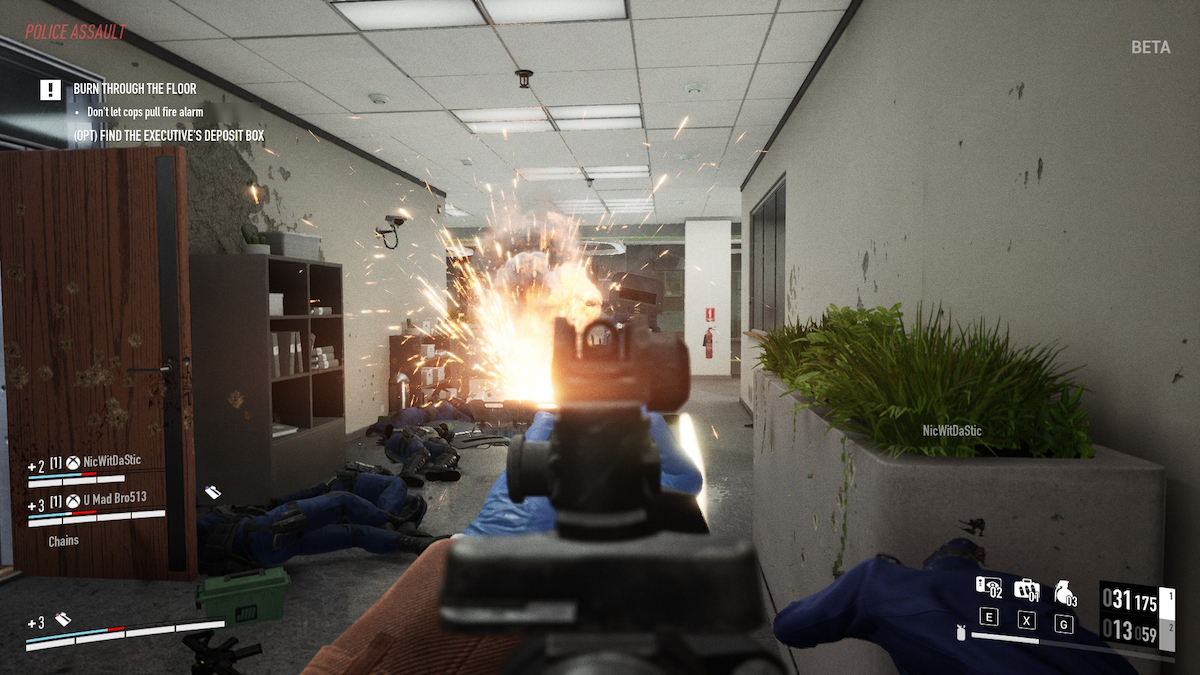
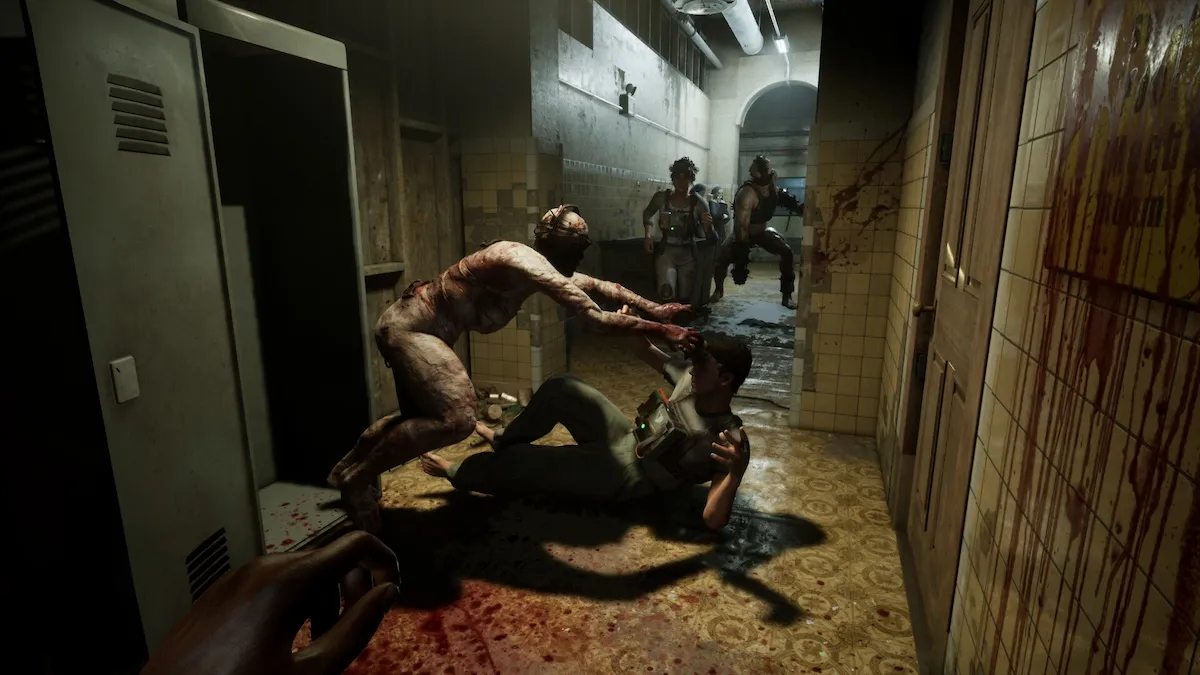
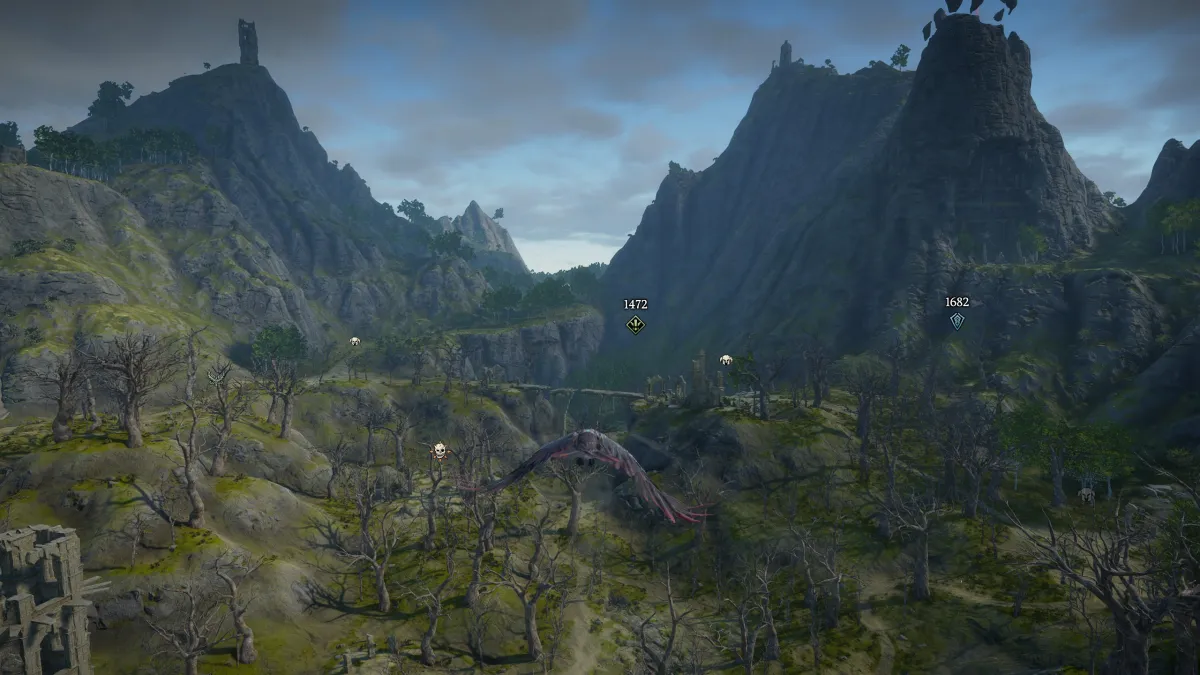
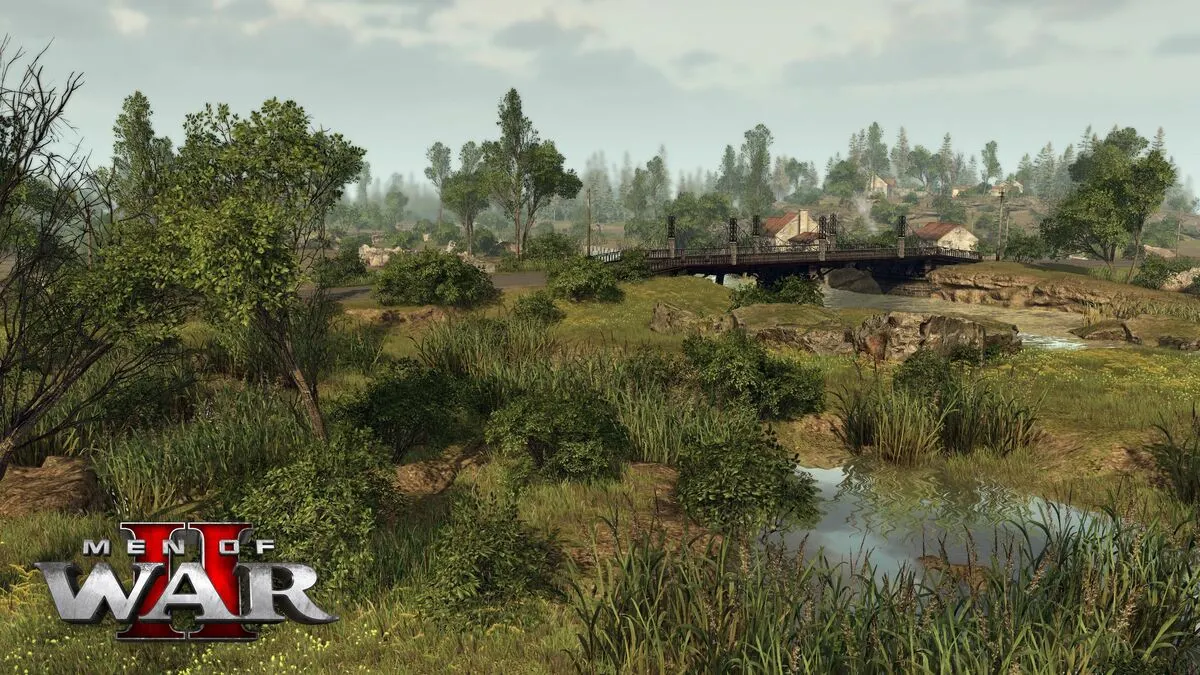
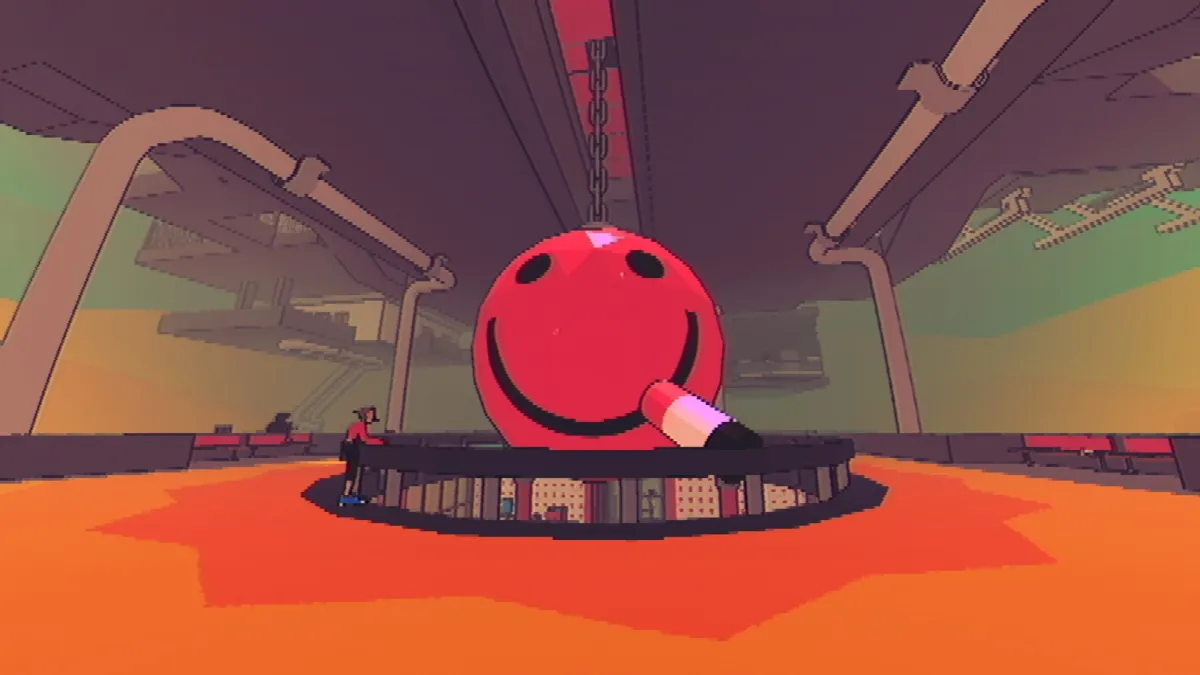
Published: Aug 15, 2012 02:40 pm